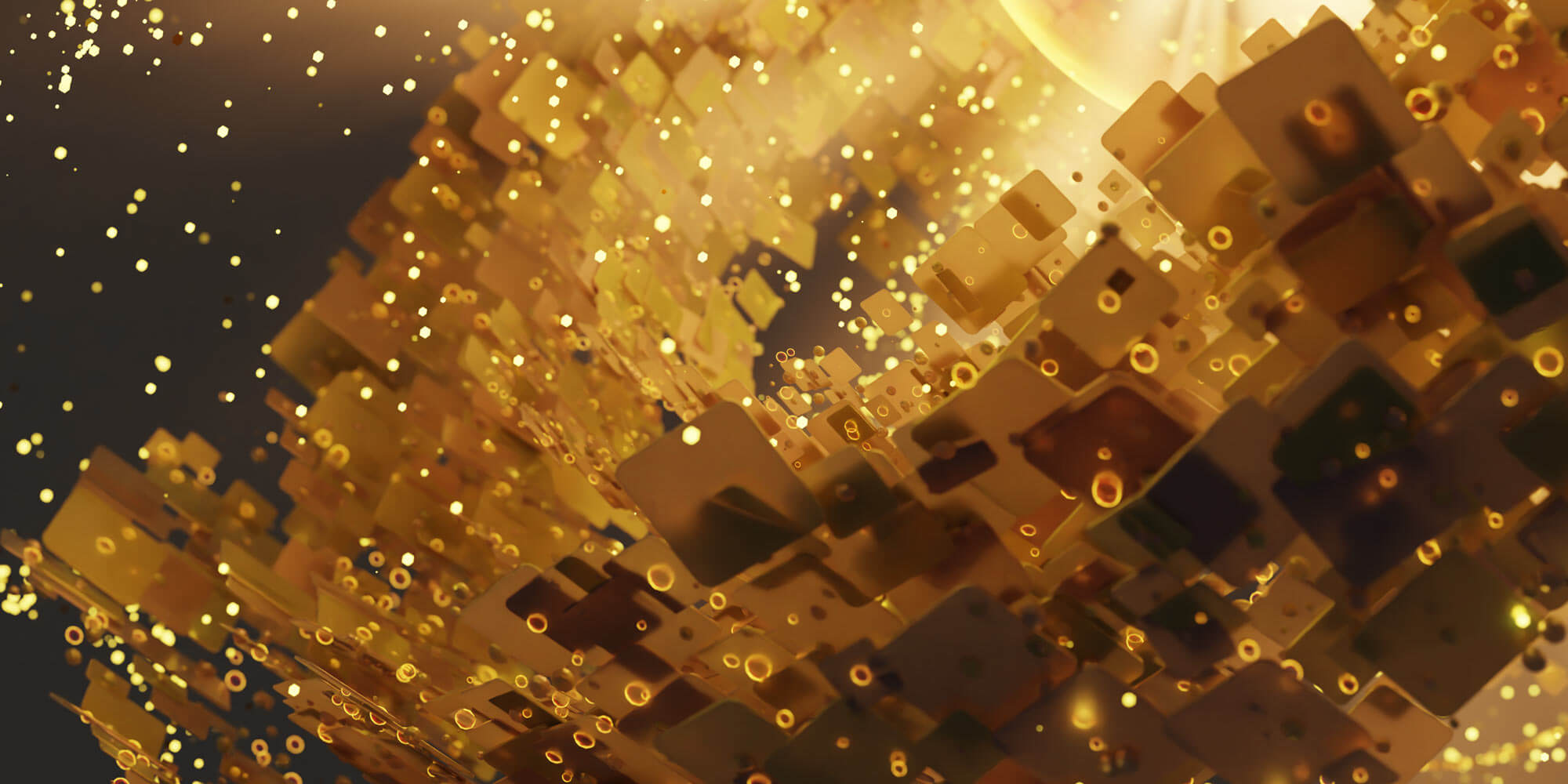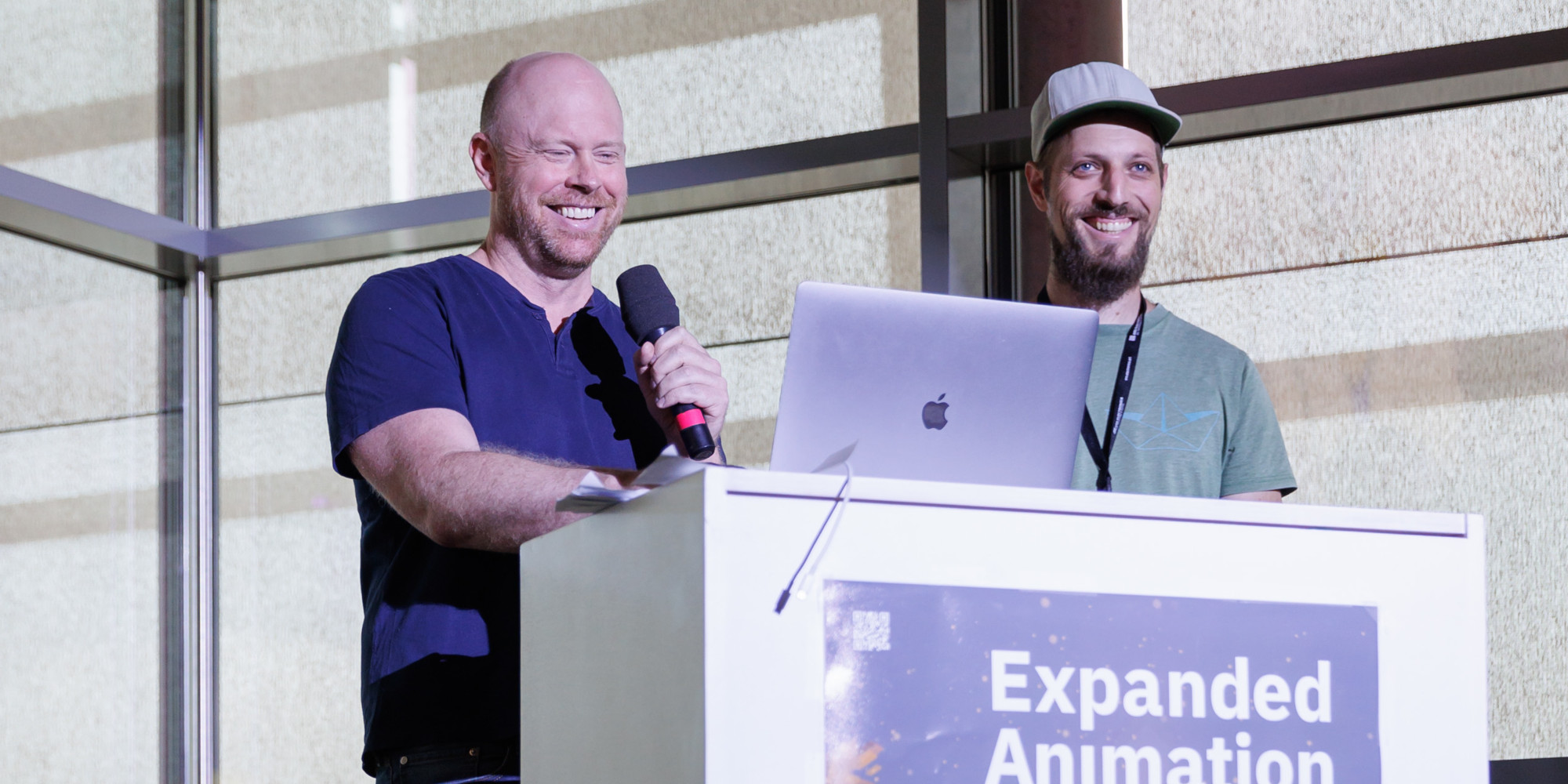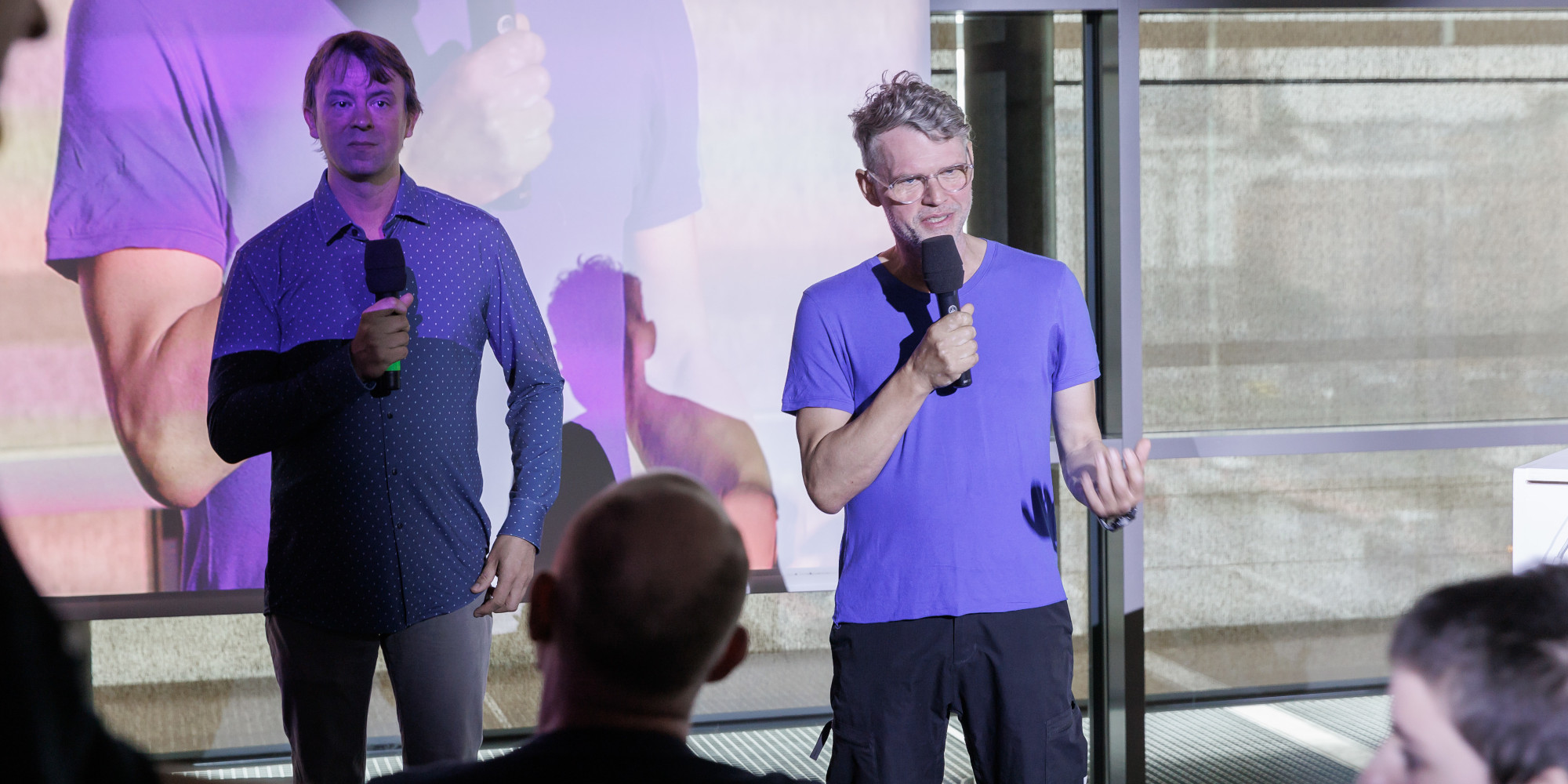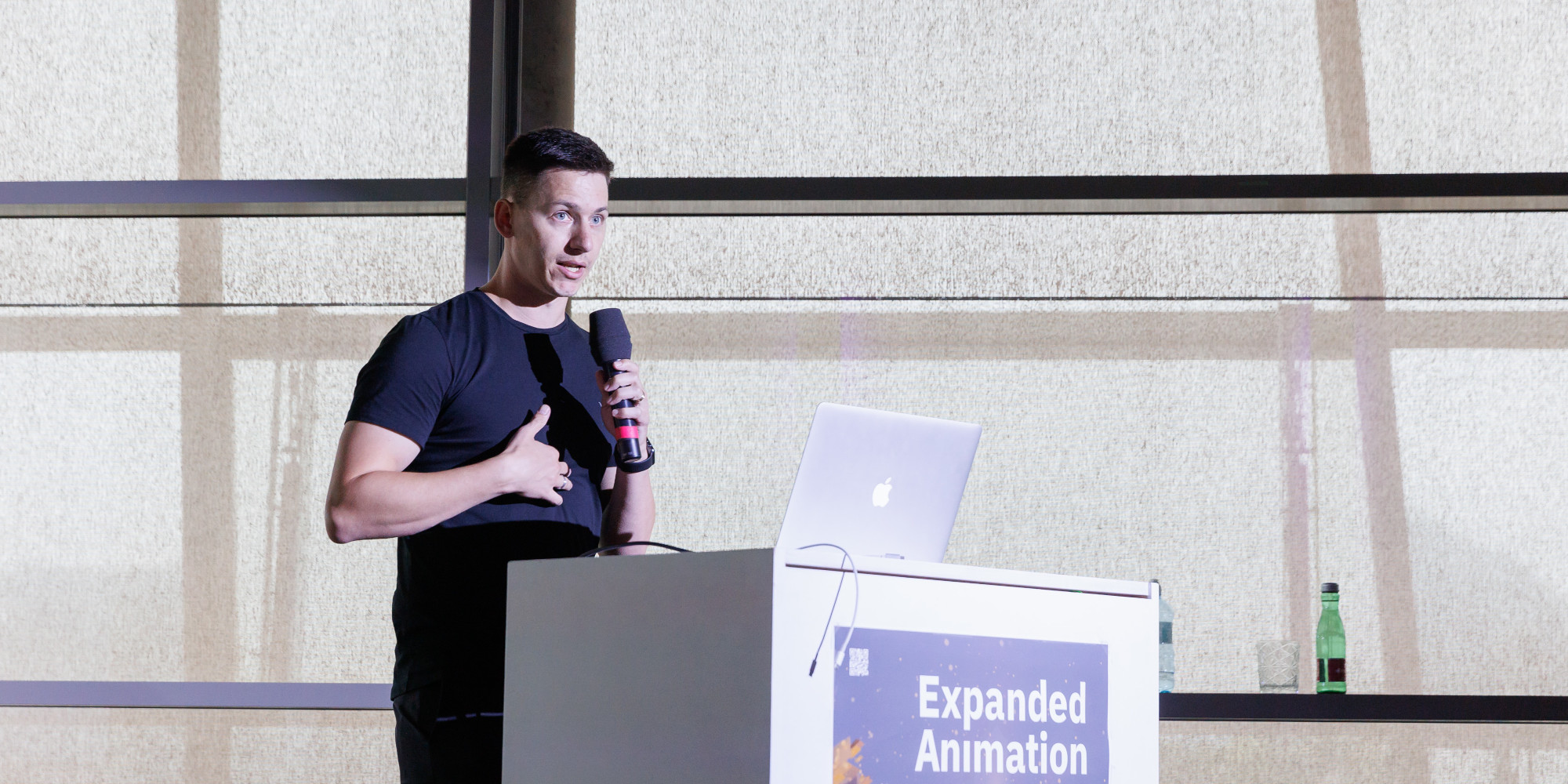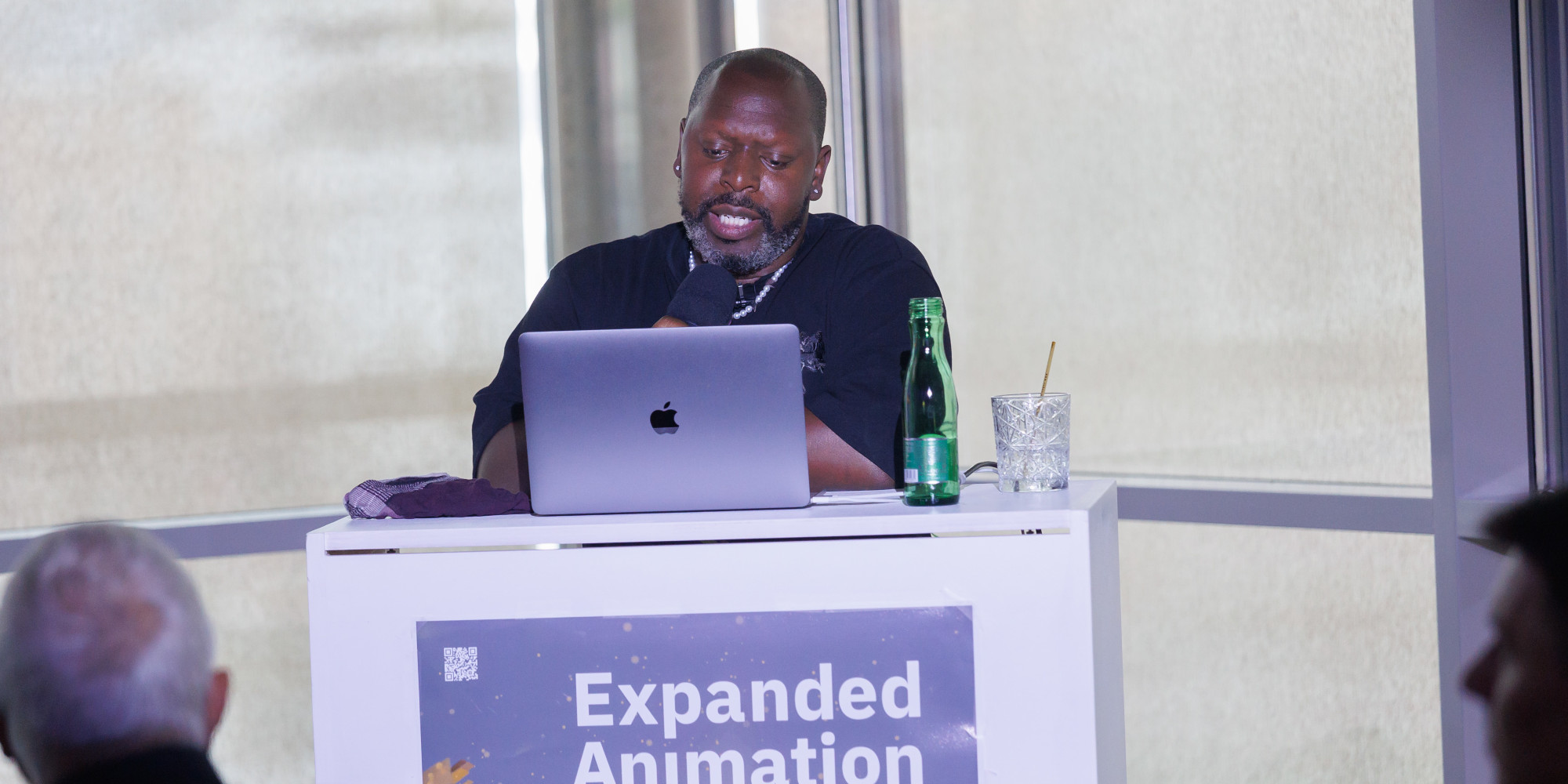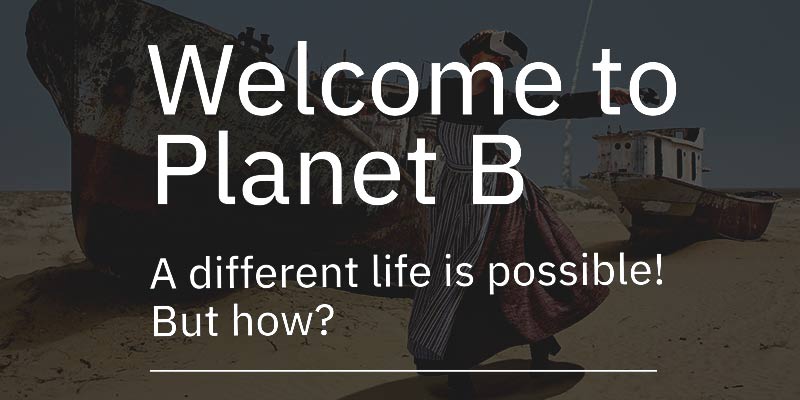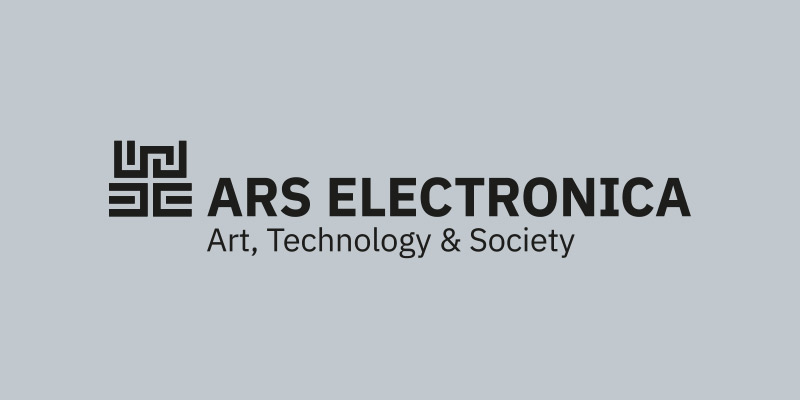In its ten-year history, the Expanded Animation Symposium has continually examined the vast and constantly evolving field of animation and its myriad connections to other disciplines. Along this journey, the symposium has featured prominent and up-and-coming people, projects and perspectives that have significantly shaped the current animation landscape. In addition to becoming a regular part of the Ars Electronica Festival, the symposium itself has also continued to expand, developing from an initial one-day event to a three-day affair that includes multiple tracks, exhibitions, performances and even an additional symposium, Synaesthetic Syntax.
After two years of virtual events hosted by the Hagenberg Campus of the University of Applied Sciences Upper Austria, this year’s symposium will return as a physically accessible venue for the first time at the Ars Electronica Center in Linz. Over the course of the three-day event, the speaker panels will feature several international artists, researchers, and developers who will discuss — in a live setting — current processes of change in the expanded field of animation.
| Time | Title |
|---|---|
11:15 am – 1:00 pm | Expanded Animation: Art & Industry EN |
2:00 pm – 3:00 pm | Expanded Animation: Keynote Rashaad Newsome EN |
3:15 pm – 5:30 pm | Expanded Animation: Artist Position EN |
| Time | Title |
|---|---|
11:00 am – 1:00 pm | Expanded Animation: ASIFA Austria Forum EN |
2:00 pm – 3:30 pm | Expanded Animation: Games & Art EN |
3:30 pm – 5:00 pm | Expanded Animation: AI & Creativity EN |
| Time | Title |
|---|---|
11:00 am – 1:20 pm | Expanded Animation: Expanded & Hybrid EN |
2:00 pm – 6:00 pm | Expanded Animation: Synaesthetic Syntax EN |
Program
Expanded Animation: Glimpses of a Hybrid Horizon
As referenced during last year’s exploration into the “tectonic shift” caused by the pandemic and newly emerging technologies, massive changes are still occurring within the animation landscape. This year’s theme, Glimpses of a Hybrid Horizon, aims to identify and discuss these changes and future trends which promise to further shape the creative ecosystem of the expanded animation industry, influencing various forms of media such as film, games, mixed reality and streaming media. This hybrid horizon encompasses both changes in the conceptual development of artistic works and the transitional, potentially immersive nature of experiencing them. Artists, academics, and industry experts will discuss their own selected works and address such issues as the integration of AI and machine-learning into creative processes, co-creation and collaboration in a global context, and hybrid events and experiences, which are gaining in importance even as the pandemic recedes. In response to these developments, the symposium will also be held as a hybrid event, featuring multiple on-site panel presentations, but will be accessible to a wider, global audience online.
On the first day, Rashaad Newsome, winner of the Golden Nica in the Prix category Computer Animation, will give a keynote speech about his artistic process. In addition, Alex Verhaest, Yoni Goodman and Robert Seidel will engage in a discussion about current artistic positions. This examination will be followed by talks by Vienna-based game & interactive media company Causa Creations, Berlin-based studio m box, and Paul Pammesberger, head of animation at Sony Pictures Imageworks, who will offer their insights into creative processes — from serious games to large-format audiovisual installations.
The second day will continue with panel discussions covering topics such as animation, games, artificial intelligence (AI), virtual reality (VR) and creativity in the context of art. Austrian artist and scholar Margarete Jahrmann and French artist and curator Isabelle Arvers, one of the 2022 jury members in the category Computer Animation, will elaborate on games from the perspectives of art, theory and practice. Philippe Pasquier and Martin Pichlmair will delve into the opportunities and challenges of AI, creativity and co-creation. This year’s symposium will also feature a first; the inclusion of a forum organized by the Austrian chapter of the Association Internationale du Film d’Animation. The objective of ASIFA Austria is to highlight and foster innovation within the field of animation, and this year’s forum will feature a small but diverse selection of international artists and their specific approaches to games, immersive media and animation. The forum will start off with the Czech indie game studio Amanita Design, followed by Michelle Kranot and Martina Scarpelli, both experts in animation and immersive storytelling.
On the third and final day, the primary focus will be on the presentations for the third edition of Synaesthetic Syntax, which investigates the sensory side of expanded animation. In addition, the winners from the Computer Animation category of the Prix Ars Electronica will provide insights into their work as part of the Prix Forum. At the same time, Franziska Bruckner and Frank Geßner will discuss current positions in the field of expanded animation and Eva Fischer will reflect on festival-making in a hybrid world. Furthermore, many of the presented works will be shown in the Ars Electronica Animation Screening and in the Deep Space 8K at the Ars Electronica Center.
Synaesthetic Syntax: Gestures of Resistance
In 2020, the one-day symposium Synaesthetic Syntax was first included as part of the Expanded Animation Symposium. Since then, it has developed into an active platform for international discussion regarding the complex relationships between sensory perception and expanded animation. In focusing on the primacy of the senses, the symposium aims to ask questions about the seductiveness of technology and how to maintain a discourse of what is fundamental about being human.
This year’s theme, Gestures of Resistance, addresses the sensory experiences of touch, gesture and physical movement and their role in social, cultural and political resistance. Human bodies collide with one another in a variety of contexts, and they have the power to affect others or to be affected themselves. Our bodies are deeply structured by culture, but they can also resist; motion and sensation that are felt in the body can become catalysts of change.
Very recently, a line of tanks, armored vehicles and troops 40 miles long began to approach Kyiv, literally illustrating change in motion through technology. This year’s symposium aims to examine how the field of expanded animation can respond to such developments. How might technologies of gesture, proprioception and motion be used to create animation that goes beyond formalism? And how can animation be utilized as a means to reflect upon the forces that seek to contain movements towards change?
The sensation of touch can be both brutal and violent or tender and loving. Through “haptic visuality,” a sense of touch can be evoked in animation by triggering physical memories of smell, touch and taste that engage the viewer bodily to convey cultural experience rather than through use of language. This year’s symposium will explore how touch can be used in animation to create community or share memories.
Hybrid Presence and Virtual Archive
Respecting its longstanding tradition to make artistic and educational content freely available and to support a hybrid, global audience, the vast majority of this year’s symposium will be accessible online both during and after the event. A virtual archive of all present and past content can be found at www.expandedanimation.com.
Speakers
Expanded Animation:
Amanita Design — Jan Chlup (CZ), Radim Jurda (CZ) | Isabelle Arvers (FR) | Franziska Bruckner (AT) | Causa Creations — Brian Main (US/AT), Ben Wahl (AT) | Eva Fischer (AT) | Frank Geßner (DE) | Yoni Goodman (IL) | Margarete Jahrmann (AT) | Michelle Kranot (DK) | m box — Martin Retschitzegger (AT/DE) | Paul Pammesberger (AT/CA) | Philippe Pasquier (CA) | Martin Pichlmair (AT/DK) | Martina Scarpelli (IT/DK) | Robert Seidel (DE) | Alex Verhaest (BE)
Prix Forum:
Isabelle Arvers (FR), Marc Hericher (FR), Yoriko Mizushiri (JP), Rashaad Newsome (US)
Synaesthetic Syntax:
Andrew Buchanan (US) | Liliana Conlisk Gallegos (US) | Jānis Garančs (LV) | Juergen Hagler (AT) | Jana Horáková (CZ) | Birgitta Hosea (SW/UK) | Yoichi Nagashima (JP) | Aristofanis Soulikias (CA) | Farzaneh Yazdandoost (UK)
Organization
Expanded Animation is produced as a joint collaboration by the University of Applied Sciences Upper Austria, Hagenberg Campus and the Ars Electronica Festival in cooperation with the University for the Creative Arts, Farnham, UK, and organized by Jeremiah Diephuis, Juergen Hagler, Wolfgang Hochleitner, Michael Lankes, Patrick Proier, Huoston Rodrigues, Christoph Schaufler, Alexander Wilhelm / Upper Austria University of Applied Sciences Hagenberg Campus / Department of Digital Media, Birgitta Hosea Animation Research Centre, University for the Creative Arts, Farnham, UK and Reinhold Bidner, ASIFA Austria.
www.expandedanimation.com
www.fh-ooe.at
www.uca.ac.uk/research/arc/
